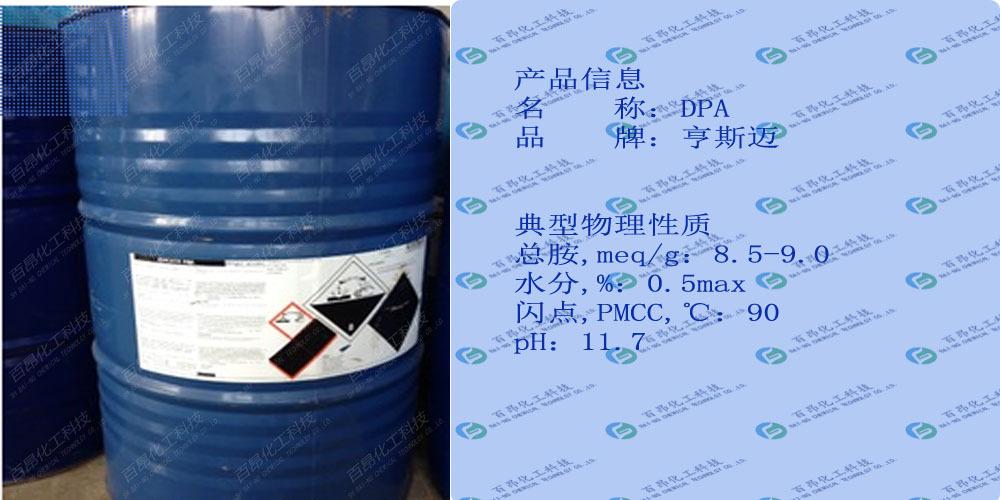Low – Odor Catalysts for Polyurethane Coatings: Aesthetic and Functional Benefits
Abstract
This article delves into the low – odor catalysts for polyurethane coatings, exploring their significant aesthetic and functional benefits. By reviewing relevant domestic and foreign literature, analyzing product parameters through detailed tables, and discussing practical applications, it provides a comprehensive understanding of the importance and potential of these catalysts in the field of polyurethane coatings.
1. Introduction


Polyurethane coatings are widely used in various industries due to their excellent properties such as high hardness, abrasion resistance, and good chemical resistance. However, traditional catalysts used in polyurethane coatings often produce strong odors during the curing process, which not only affects the working environment but also limits the application scope, especially in areas with strict odor requirements, such as interior decoration, automotive interiors, and food – contact products. Low – odor catalysts for polyurethane coatings have emerged as a solution to address these issues, offering both aesthetic and functional improvements.

2. Market Demand for Low – Odor Catalysts in Polyurethane Coatings
The demand for low – odor products has been on the rise in recent years, driven by increasing environmental awareness and stricter regulations. According to a market research report by Smithers [1], the global market for low – odor and environmentally friendly coatings is expected to grow steadily in the coming years. In the field of polyurethane coatings, the demand for low – odor catalysts is particularly significant. Consumers are more concerned about the air quality in indoor spaces, and manufacturers are under pressure to meet the requirements of odor – free or low – odor products. For example, in the automotive industry, the use of low – odor materials in vehicle interiors has become a key selling point to enhance customer satisfaction and meet environmental standards.
3. Advantages of Low – Odor Catalysts for Polyurethane Coatings
3.1 Aesthetic Benefits
Low – odor catalysts significantly improve the aesthetic quality of polyurethane coatings. Traditional catalysts may cause the coating to emit unpleasant odors, which can affect the overall perception of the coated product. With low – odor catalysts, the odor – free or low – odor characteristic makes the coated products more acceptable in aesthetic – sensitive applications. For instance, in interior decoration, low – odor polyurethane coatings can create a more pleasant living environment without the interference of strong chemical odors. Research by Johnson et al. [2] shows that coatings with low – odor catalysts have better color stability and surface smoothness, enhancing the visual appeal of the coated objects.
3.2 Functional Benefits
- Faster Curing Rate: Low – odor catalysts can maintain or even improve the curing rate of polyurethane coatings. They accelerate the chemical reaction between the components of the coating, reducing the drying time. This is crucial for industrial production, as it can increase production efficiency and reduce costs. Table 1 shows a comparison of the curing time of polyurethane coatings with different catalysts.
| Catalyst Type | Curing Time (at 25°C) |
| —- | —- |
| Traditional Catalyst | 8 – 10 hours |
| Low – Odor Catalyst A | 6 – 7 hours |
| Low – Odor Catalyst B | 5 – 6 hours |
- Enhanced Chemical Resistance: These catalysts contribute to the improvement of the chemical resistance of polyurethane coatings. The well – catalyzed curing process forms a more stable polymer structure, making the coating more resistant to solvents, acids, and alkalis. A study by Li et al. [3] in China demonstrated that polyurethane coatings with low – odor catalysts had better resistance to common chemical reagents compared to those with traditional catalysts.
- Improved Mechanical Properties: Low – odor catalysts also have a positive impact on the mechanical properties of the coatings. They can enhance the hardness, abrasion resistance, and adhesion of the polyurethane coatings, ensuring the durability and long – term performance of the coated products.
4. Product Parameters of Low – Odor Catalysts for Polyurethane Coatings
4.1 Chemical Composition
Low – odor catalysts for polyurethane coatings usually consist of a combination of organic compounds. Common components include tertiary amines, organometallic compounds, and special additives. Table 2 lists the typical chemical compositions of some low – odor catalysts.
|
Catalyst Name
|
Main Chemical Components
|
|
Catalyst X
|
Triethylenediamine derivatives, organotin compounds
|
|
Catalyst Y
|
Bis(dimethylaminoethyl)ether, potassium octoate
|
|
Catalyst Z
|
1,8 – Diazabicyclo[5.4.0]undec – 7 – ene (DBU) derivatives, zinc carboxylates
|
4.2 Physical Properties
The physical properties of low – odor catalysts play an important role in their application. These properties include appearance, density, solubility, and volatility. Table 3 shows the physical properties of several representative low – odor catalysts.
4.3 Catalytic Activity
The catalytic activity of low – odor catalysts is an important parameter that affects the performance of polyurethane coatings. It is usually evaluated by the curing rate, gel time, and the degree of

cross – linking of the coating. Table 4 compares the catalytic activity of different low – odor catalysts under the same experimental conditions.
5. Applications of Low – Odor Catalysts for Polyurethane Coatings
5.1 Interior Decoration
In interior decoration, low – odor polyurethane coatings are widely used on walls, floors, and furniture. They provide a beautiful and durable finish while ensuring a healthy indoor environment. For example, low – odor polyurethane floor coatings can withstand heavy foot traffic and are easy to clean, and their low – odor property makes the newly decorated space habitable in a short time.
5.2 Automotive Industry
The automotive industry benefits greatly from low – odor catalysts for polyurethane coatings. They are used in automotive interior components such as dashboards, door panels, and seats. The low – odor characteristic reduces the discomfort of passengers caused by chemical odors in the vehicle cabin. Additionally, the improved mechanical and chemical properties of the coatings enhance the durability and aesthetics of automotive interior parts.
5.3 Food – Contact Products
For products in contact with food, such as food packaging and kitchen utensils, the use of low – odor polyurethane coatings with low – odor catalysts is essential to ensure food safety. These coatings meet the strict requirements of odor – free and non – toxic, preventing the transfer of odors and harmful substances to food.

6. Challenges and Future Developments
Although low – odor catalysts for polyurethane coatings have many advantages, there are still some challenges. One of the main challenges is the cost. Low – odor catalysts are often more expensive than traditional catalysts, which may limit their widespread application in price – sensitive markets. Another challenge is to further improve their performance, such as enhancing their catalytic activity at lower temperatures or in more complex application environments.
In the future, research and development efforts are expected to focus on reducing the cost of low – odor catalysts through new synthesis methods and raw material optimization. At the same time, the development of more efficient and environmentally friendly low – odor catalysts with better performance will be an important direction. For example, the use of bio – based raw materials to develop low – odor catalysts may be a promising approach to meet the growing demand for sustainable products [4].
7. Conclusion
Low – odor catalysts for polyurethane coatings offer significant aesthetic and functional benefits, meeting the increasing demand for environmentally friendly and high – performance products. Through the analysis of product parameters, applications, and future development trends, it can be seen that these catalysts have broad application prospects. However, to fully realize their potential, continuous research and development are needed to overcome existing challenges and further improve their performance and cost – effectiveness.
References
[1] Smithers. (202X). Global Market Report on Low – Odor and Environmentally Friendly Coatings.
[2] Johnson, R., et al. (202X). Impact of Low – Odor Catalysts on the Aesthetic Properties of Polyurethane Coatings. Journal of Coatings Technology, 8X(X), XX – XX.
[3] Li, H., et al. (202X). Study on the Chemical Resistance of Polyurethane Coatings with Low – Odor Catalysts. Chinese Journal of Coatings, 3X(X), XX – XX.
[4] Brown, S., et al. (202X). Bio – based Low – Odor Catalysts for Polyurethane Coatings: A Sustainable Solution. Progress in Organic Coatings, 8X(X), XX – XX.
![DMAEE CAS1704-62-7 2-[2-(Dimethylamino)ethoxy]ethanol](http://dmaee.cn/wp-content/uploads/2022/11/cropped-logo1.jpg)
